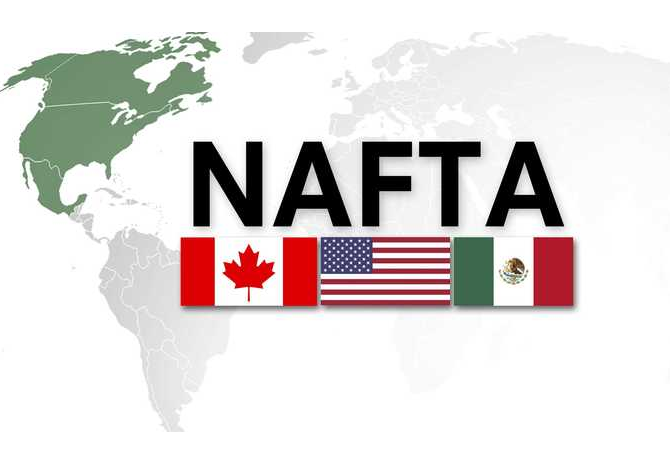
This is what the Prime Minister and David Davis want to do.
#EU TRADE BLOCS FREE#
Accepting the EU’s common external tariff would also constrain the UK’s ability to strike new trade deals and require the UK to comply with substantial numbers of EU products regulations.ģ. Leaving the Single Market and Customs Union, but negotiating a new bespoke bilateral free trade and customs agreement. Following the Turkey model would eliminate most checks and controls for industrial goods, but would still mean businesses had to comply with varied border documentation, which does not lead a seamless and frictionless border. This would ensure tariff-free trade for goods covered by new customs union, but mean applying the EU’s common external tariff for trade to those goods imported from other countries. Turkey option: Leaving the EU Single Market and EU Customs Union, but creating a new customs union with the EU. The UK would be free to pursue its own independent trade policy, though in practice Norway, along with other countries in the EFTA, often negotiate as a bloc.Ģ. The UK would be subject to the European Free Trade Association Court (EFTA) rather than the ECJ (though that court follows ECJ judgements). It would have to accept the EU acquis and regulations, without having a say on what those rules might look like in the future.
#EU TRADE BLOCS FULL#
Norway option: Staying in the EU Single Market and leaving the Customs Union would mean full access to the Single Market for both goods and services, but the UK would have to continue to abide by the EU’s four freedoms, including freedom of movement. It looks at how the potential future deals would compare with the Prime Minister’s red lines, and what they might mean for the UK’s ambition to maintain “the freest possible trade” and “as seamless trade as possible” with the EU.


The table below compares the main options, based on existing arrangements the EU has with other countries – and the option of leaving the EU with “no deal” in place. How do those options stack up against the Prime Minister’s objectives? Some business people argue for staying in the EU Customs Union, at least in the short term, to avoid the cliff edge and minimise disruption to supply chains. Daniel Hannan MEP suggests that we could follow the Swiss model of multiple bilateral deals. Others, including George Osborne and Nigel Farage, say that the Norway option of leaving the EU but joining the European Economic Area (EEA) might be on the cards. The Scottish Conservative leader, Ruth Davidson, has argued for an “ open Brexit”, while Chancellor Phillip Hammond has called for a “ pragmatic Brexit”.

Groups in Parliament are arguing for the need to “soften” Brexit, and to give more priority to the economy over cutting migration or insisting on leaving the jurisdiction of the European Court of Justice (ECJ).

But neither went in to detail on what relationship the UK would like to negotiate in place of the current EU membership. Both speeches made it clear that UK plans to leave the EU Single Market and the Customs Union. The Prime Minister has made two speeches, setting out her vision for Brexit: the Lancaster House speech in January 2017, and then her Florence Speech in September 2017. The two sides hope to agree a framework for their future relationship by October, which will inform the passage of the withdrawal agreement in the European Parliament and the UK Parliament.Īhead of these talks, the UK is being pressed to set out what it wants this future relationship to be. The UK and EU are set to begin trade talks after the European Council in March 2018. Why are people talking about this (again)?


 0 kommentar(er)
0 kommentar(er)
